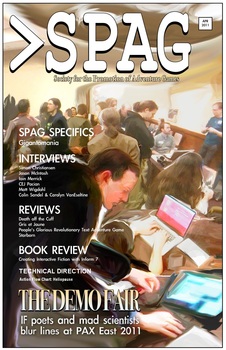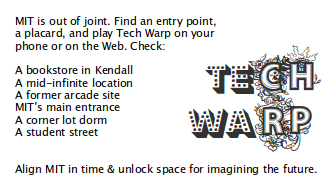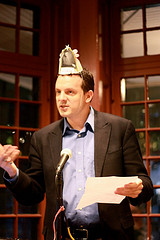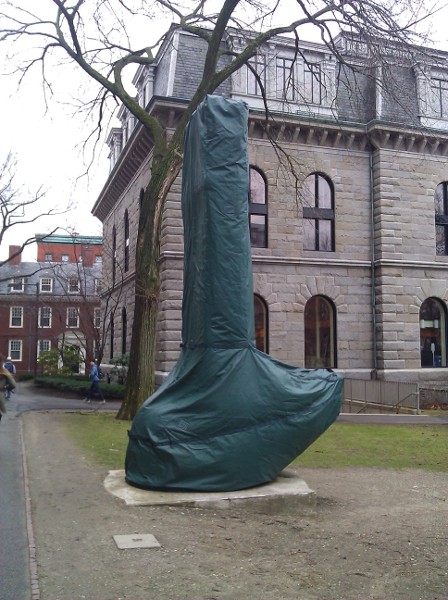At Media in Transition 7 here at MIT, after a good start in the opening plenary and first break-out session, we had a fascinating session yesterday on “Computer Histories.” The papers presented were:
- Sandra Braman presented “Designing for Instability: Internet Architecture and Constant Change.” [Abstract.]
- Kevin Driscoll spoke on “Revisiting Bill Gates’ “Open Letter to Hobbyists.” [Abstract.]
- Colleen Kaman’s talk was “‘Interop,’ Internet Commercialization, and the Early Politics of Global Computer Networks.” [Abstract.] [Full paper.]
The individual presentations were very interesting, and it was a fascinating set to hear together. Two were on the development of the Internet: Braman delved deeply into the more than 6000 Requests for Comments (RFCs) used to develop Internet protocols, doing a line-by-line discourse analysis. In these documents, which people might guess would be dry and purely technical, she found a great deal of embedded political and social thought. The complete manuscript on this topic should be done and available in a few weeks. Kaman looked a different forum for communication that was important to the dramatic expansion in Internet connectivity from 1991-1997: a trade show. Following on discussions in 1996, to deal with the Internet’s rapid growth and the competing European standard for networking, the Interop conference was formulated. It included a demo network, Shownet, where vendors could come to test products and academic and research work could connect to practical experience in a “negotiation space.”
And, there was one presentation on early microcomputing. Discoll began with the image of a book cover featuring a two-tier desk typical of HAM radio operation, declaring: “Hobby Computers Are Here!” He showed a response to Bill Gates’ famous “Open Letter to Hobbyists” and a clip from Revolution OS with an increasingly hysterical reading of the original letter – the dominant understanding of the letter today, as if it were the beginning of opposition to free software. Hobbyists learned to program on calculators and didn’t have contact with, for instance, the Internet protocol developers. In Interface, Art Childs (the editor) questions what software is and deals with many important issues in free software in replying to Gates’s letter. He concludes that a service model is best – just as GNU did later. This antecedent to free software has been overlooked, just as computer culture in much of the country (beyond Boston and Silicon Valley) have been overlooked.
I was fascinated at these two different perspectives on the formation of the Internet (finding surprising non-technical discussion in RFC and surprising technical implications of a trade show) and on the difference between the culture of hobbyist computer builders, programmers, and users and that of those involved with the development and growth of the Internet. Driscoll’s more sensitive reading of Bill Gates’s “open letter,” Braman’s deep analysis of RFCs, and Kaman’s exploration and discussion of Interop provide great models for the understanding of computer histories.





